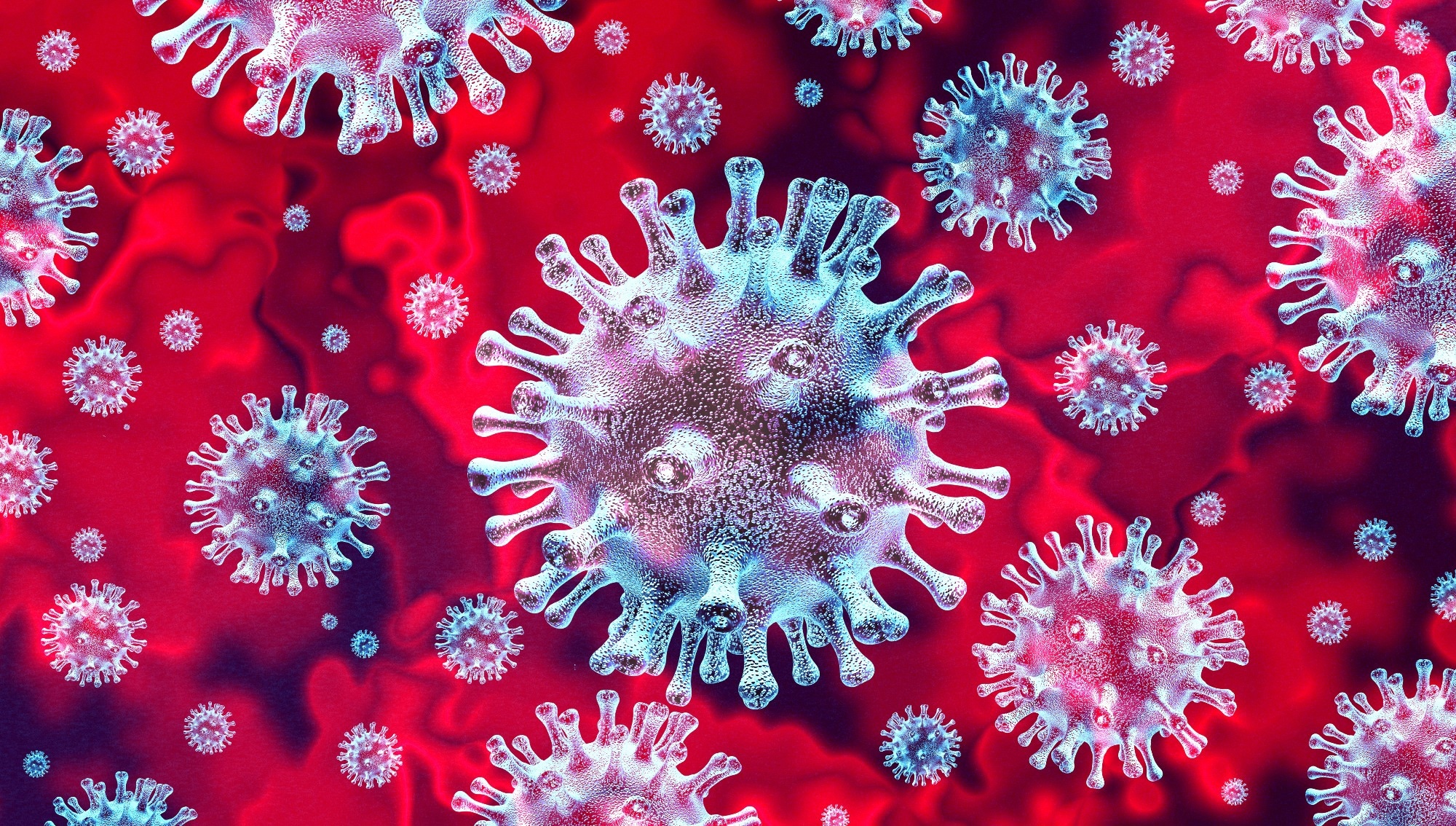In a recent study published in the Canadian Medical Association Journal, researchers evaluated the effectiveness of nirmatrelvir–ritonavir in preventing coronavirus disease 2019 (COVID-19) severity outcomes during the severe acute respiratory syndrome coronavirus 2 (SARS-CoV-2) Omicron variant predominance.
 Study: Population-based evaluation of the effectiveness of nirmatrelvir–ritonavir for reducing hospital admissions and mortality from COVID-19. Image Credit: Lightspring/Shutterstock
Study: Population-based evaluation of the effectiveness of nirmatrelvir–ritonavir for reducing hospital admissions and mortality from COVID-19. Image Credit: Lightspring/Shutterstock
Background
The continual emergence of novel, highly transmissible, and immune-evasive SARS-CoV-2 variants has threatened the efficacy of COVID-19 vaccines and therapeutic agents such as monoclonal antibodies. Antiviral medications that could protect against COVID-19 severity outcomes would be valuable in reducing the global health burden of COVID-19.
The evaluation of protease inhibition for coronavirus disease 2019 among high-risk patients (EPIC-HR) trial, evaluating nirmatrelvir-ritonavir efficacy against SARS-CoV-2, reported that the drug combination reduced severe SARS-CoV-2 infection risks by 89% among high-risk individuals. However, EPIC-HR participants were analyzed in the pre-Omicron period, from July to December 2021, excluding COVID-19 vaccinees and individuals prescribed drugs with probable drug interactions.
Per the trial findings, several studies have reported that the drug combination conferred significant protection against severe SARS-CoV-2 infection in individuals, especially those aged ≥65 years. On the contrary, the trial among standard-risk individuals (EPIC-SR) clinical trial documented non-significant findings.
In Ontario, the drug combination was available from April 2022 onward and advocated for use by the Ontario COVID-19 science advisory table among older and under-vaccinated high-risk individuals with comorbidities. Further evaluation of the drug combination’s effectiveness against severe COVID-19 could inform policymaking and health strategy development.
About the study
In the present population-based cohort study, researchers evaluated nirmatrelvir-ritonavir combination effectiveness against severe COVID-19 outcomes during the Omicron wave.
The study comprised Ontario residents aged >17.0 years, with SARS-CoV-2-positive polymerase chain reaction (PCR) reports, between 4 April and 31 August 2022. COVID-19-associated hospitalizations and any-cause deaths within 30.0 days of the index date (drug dispensing date), were evaluated among Individuals treated with nirmatrelvir-ritonavir and untreated patients.
The team excluded individuals with invalid identifier data such as the birth date, or date of death prior to the testing date, and individuals hospitalized or those diagnosed with nosocomial infections prior to or on the testing date. In addition, individuals were excluded if they were diagnosed with COVID-19 at any of the 27 centers dispensing nirmatrelvir–ritonavir, and individuals who died or were hospitalized prior to or on the index date.
Data were obtained on age, sex, comorbidities, COVID-19 vaccine doses received, prior COVID-19 history, time elapsed since the most recent dose, and long-term care residency. The risk of severe SARS-CoV-2 infection was ascertained based on the Ontario COVID-19 science advisory table criteria. Data on drug prescription and drug-drug interactions were retrieved from the Ontario drug benefit (ODB) database. SARS-CoV-2 testing data were obtained from the COVID-19 Integrated Testing (C19INTGR) database, and vaccination data were obtained from the COVAXON database.
Data on COVID-19-associated hospitalizations were obtained from the case and contact management database and mortality data were obtained from the registered persons’ database, in addition to the case and contact management database. Data on comorbidities were obtained from the Ontario Health Insurance Plan (OHIP) and Canadian Institute for Health Information (CIHI) databases. Weighted-type logistic regression modeling was performed to determine the weighted-type odds ratios (ORs) and the number needed to treat (NNT) value.
Results
The study cohort comprised 177,545 COVID-19 patients, among whom 8,876 (5.0%) and 168,669 (95.0%) belonged to the treated and untreated groups, respectively. COVID-19-associated hospitalizations and deaths were fewer among nirmatrelvir–ritonavir-treated individuals than among untreated ones (2.10% versus 4.0%, OR 0.6).
For mortality alone, a weighted OR value of 0.5 was obtained. Before weighting, the treated individuals were predominately aged ≥70 years (73%), had received ≥3.0 COVID-19 vaccinations (85%), had <3.0 comorbidities (57%), were standard risk individuals (58%) and non-long-term care residents (69%). Among individuals aged ≥70 years, 67% reported ≥1.0 probable drug interactions. Similar findings were obtained regardless of age, comorbidities, drug interactions, and vaccination status.
An NNT value of 62.0 was obtained to prevent one severe SARS-CoV-2 infection case. However, considerable variability was observed in absolute terms for the severe SARS-CoV-2 infection risk reductions, with NNT values ranging between 28 for non-vaccinated individuals to 181 for individuals aged <70.0 years.
A probable lowering of nirmatrelvir–ritonavir effectiveness was observed over time with weighted OR values of 0.4 and 0.7 for hospitalizations and deaths between April and June 2022, and between July and August 2022, respectively, with comparable results for mortality alone. The findings indicated that COVID-19 patients with level 2.0 drug-drug interactions could be treated effectively with the drug combination.
Overall, the study findings showed that nirmatrelvir–ritonavir usage significantly reduced the chances of COVID-19-associated hospitalizations and deaths, underpinning nirmatrelvir–ritonavir use for mild COVID-19 patients at an elevated risk of severe illness. The greatest benefit was observed among under-vaccinated individuals and those aged ≥70.0 years.